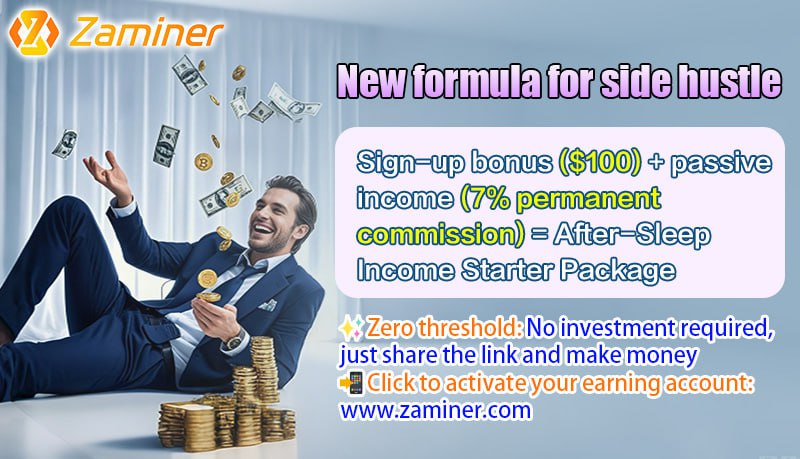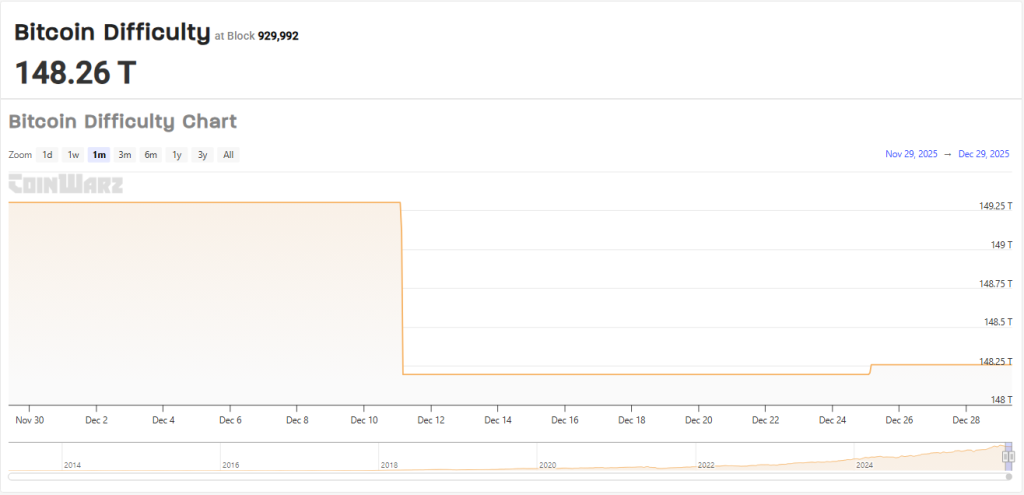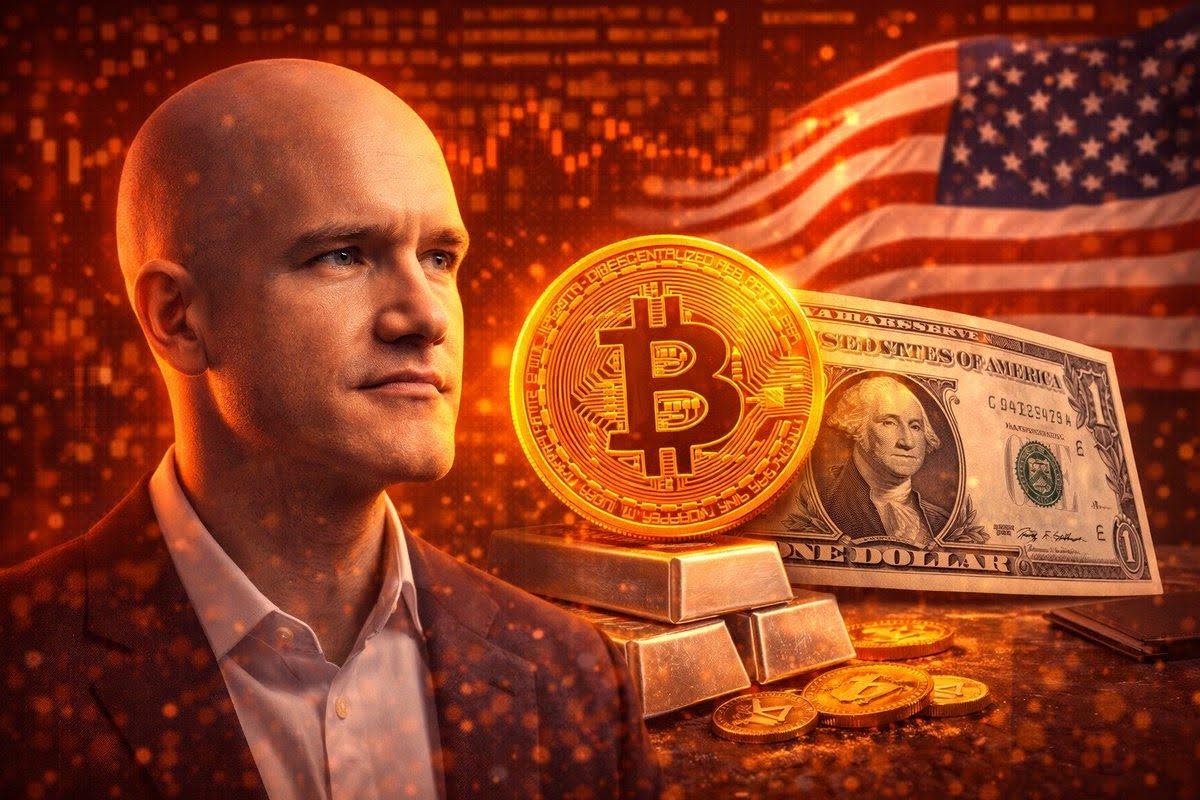Hello everyone,
I thought it might be appropriate to write a longer analysis on the current situation of the US financial system, focussing on the banking sector as current events made the news – and rightly so. In my view, the current situation is quite rare and I am not aware of any historic period where we faced such risks.
What exactly has happened so far?
In short, smaller and medium sized US banks faced liquidity risk issues, meaning that on the asset side of their balance sheet, they have held long-term bonds, especially Treasury Bills. The bond bubble definitely crashed by the actions of the Federal Reserve, but let’s be fair and acknowledge that it was the Federal Reserve (and probably the conflict of interests with the over- and deficit spending US government) that created this bubble in the first place. If depositors demand their assets (the bank’s liability; commonly known as “your money” which technically isn’t even money, nor yours) these banks might face the risk of selling those “safe” long-term bonds, as under the fractional reserve banking scheme, the bank moves client’s deposits around in mortgage loans, bonds, equities, derivatives and you name it. Due to higher interest rates, the long-term bonds crashed significantly in price as they were issued when interest rates where close to zero. Remember: Bonds move up in price if interest rates fall and move down if interest rates go up.
Lyn Alden wrote a great analysis of this here: https://archive.fo/jH3Js
The last past she is referring to (higher interest rates might lead to even higher price inflation as the government doesn’t think of stopping deficit spending, it even wants to spend more; the Federal Reserve does not pay out around 100 billion USD to the Treasury Department per year anymore; higher interest rate burden on new issued debt) has been analysed in great detail on her blog: https://www.lynalden.com/broke-federal-reserve/
What has not happened (yet)?
What many seem to ignore and unfortunately Lyn herself did not mention this at all in her two articles is the fact that credit risk still is a huge issue in the banking sector and not just liquidity risk which currently is higher for smaller and mid-sized banks compared to the big players. That is also what I was referring to at the beginning where I am not aware of any historic period were we simultaneously faced these issues.
“It is not like 2008” can be heard on many occasions now. But is this really so? Well, strictly put (subprime mortgage backed securities), probably yes, but if we define “2008” as a credit risk issue, today might turn into “2008” faster than many might think. Why is that so? The reason are more defaults and/ or a credit crunch from banks as these institutions might stop lending to businesses that seemed profitable in an ultra-low interest environment but are not any more (the so called “zombies”). In addition, the current banking stress will most probable make banks more cautious, also for intra-bank lending.
The US has at least four credit market bubbles I am aware of:
1) Student loans (that is a problem of the US federal government)
2) Auto loans (that is a problem of the banking sector)
3) Credit card debt (that is a problem of the banking sector)
4) Mortgages and mortgage backed securities (MGS) (that is a problem of the banking sector)
We can ignore the first part (student loans) as this is the problem of the US government and thus ironically somehow of everyone living in the USA. But the current high price inflation environment and the Federal Reserve’s commitment fighting it (at least according to Chairman Jerome Powell’s own words; ironically the Federal Reserve’s and the US government’s own actions caused most of the mess*) means the following: If the economy will crash or cool off that much that unemployment goes significantly up (and this most probably is the only way how to get, at least in the very short term, rid of high price inflation), defaults in auto loans and credit card debt will quite surely go up. The auto loans owned and securitized has a total volume of 1.4 trillion USD (https://fred.stlouisfed.org/series/MVLOAS) and the auto loans in the commercial banking sector is currently at more than 500 billion USD (https://fred.stlouisfed.org/series/CARACBW027SBOG). The credit card debt is at almost 960 billion USD (https://fred.stlouisfed.org/series/CCLACBW027SBOG).
So what does this mean? It means that the volumes of these high risk debts are astronomical high and any significant rise in unemployment will most probably lead to defaults on these consumer loans. People will first default there before they default on their mortgages which can be easily understood: You would rather cut your own spending and try to keep paying your mortgage off before you fire-sale your house. Many like to point out that the amount of fixed rate long-term mortgages is high in the USA and thus the housing sector should be fine. But there are two “buts”: First, if interest rates are high in the future when many have to refinance themselves, it might get pretty ugly. Second, and that is why I included mortgages and MBS in my list above, if unemployment hits too hard people might not be able to pay off their mostly low fixed-rate mortgages and repayments if they need to be made.
So the consumer loans are a ticking time bomb by themselves. There is almost no real collateral for them, for auto loans there might be the car itself but if defaults occur on a high rate, there will be cars flooded into the market with lower real market demand as the economy will be in a recession or depression (that is actually the scenario we are analysing). The fact that there are even car loan asset backed securities which are held not only by banks but also probably insurances doesn’t make things better.
Mortgages and MGS are in a league of their own. If consumer loans (we only focussed on credit card debt and auto loans!) are a concerning credit risk factor in the banking sector and a ticking time bomb, mortgages and MGS are the atomic bomb of credit risk. Add contagion effects and we have a real life blockbuster – I especially think of Credit Suisse in Switzerland which was and maybe still is on the brink of collapse and Euro banks, especially in Italy, besides the other southern states and the large German ones.
And the craziest part is that we totally ignored credit risk in the derivative market (counterparty credit risk, especially relevant with the current Credit Suisse saga). Which credit risks are held by which institutions and so on is nearly impossible to grasp. As Warren Buffett himself said many years ago, derivatives are indeed a weapon of mass destruction.
But the labour market remains strong in the USA, so it is critical how this will evolve. If the Federal Reserve will make a U-turn on its aim to reduce price inflation below the 2% target (and for long enough!), high price inflation will stay for longer than you might expect. This would increase wealth inequality, people only dependant on a labour income will suffer more and most companies will have smaller margins or even operate with losses. And not only that: The world might look differently at the current world reserve currency, the US dollar. If international demand for US dollars will decrease because the Federal Reserve will have lost even more credibility, price inflation might get completely out of control.
So in the end, I personally think the most probable scenario for this decade is a global high price inflation environment, maybe even a stagflation with a bumpy road ahead as things might blow up here and there. With a low probability I think the Federal Reserve will crash the economy so bad (sever crash of stock markets and housing prices) that the demand for US dollars will increase for a longer time, the scenario Japan has experienced. In short: If the demand for money increases, prices referenced to that money decrease as people want to hold cash and/or deposits. Japan was also hit with lower credit demand due to more cautious behaviour of private and corporate market participants – remember: banks can only lend out and create new money by this process if there is actual demand. An increase in supply by stimulus might lead nowhere as has happened in Japan for more than a decade. This is impossible to predict as it depends on many factors, but I personally do not think this will happen because the USA has a different culture (stocks play a larger role in people’s life) and the US capital markets also attract huge amounts of funds from all around the globe. Let us all hope that central bank digital currencies with their dystopian properties (total control of people’s spending) will not be enforced due to the chaos that might arise upon us.
The actual crisis is not happening now, it happened when almost all assets were inflated by cheap money and interest rates were kept artificially low, disturbing pricing mechanisms, especially for risk and money itself. Welcome to the world of central banking and fractional reserve banking! It is beautiful, isn’t it?
*There seems to be confusion on why we have so high price inflation. The main driver clearly is fiscal deficit spending and monetary stimulus of the Federal Reserve. Also, state interventions with enforced lockdowns (in the US, also most parts of Europe and of course PR China) caused all the mess with supply chain disruptions which – in addition – clearly contributed their part to price inflation, but not everywhere (there has been even record high supply for basic industrial metals, please refer to this analysis https://www.bridgewater.com/its-mostly-a-demand-shock-not-a-supply-shock-and-its-everywhere). Last but not least, also the terrible war in Ukraine contributed its part, but stronger in most European nations rather than in the USA. But to overlook the massive influence of the monetary and thus fiscal side is not appropriate: Why has Switzerland so relatively low price inflation rates? It is a small landlocked nation in the Alps with almost no natural resources. It is in the centre of Europe where the Ukraine war is still happening. Do the supply bottlenecks and the consequences of the war just give Switzerland a wide berth? Probably not. Companies making record nominal profits are mainly the ones that can profit from supply bottlenecks (like oil refiners or German car manufacturers like Mercedes-Benz or Volkswagen) and which have pricing power due to strong brands or any other strong moat (also the two German car makers, as they focussed more on premium/ luxury cars with higher margins and pricing power, but also Coca Cola, PepsiCo, Lindt&Sprüngli, Nestlé, Procter & Gamble, L’Oréal, LVMH, Burberry, Ferrari and many others). And let us be clear: When inflationary pressure started to increase significantly for industrial inputs, most companies tried to absorb this before they started to raise prices. This is logical, and especially brands with very strong pricing power can use a price inflation shock to raise prices even higher to improve margins, this has also happened in the 1970s. But companies that do not have this pricing power can’t do this, they actually struggle at some point. This is commonly overlooked when politicians cherry-pick their datapoints and blame corporations on high price inflation. If companies are to blame, why didn’t they just raise prices with a strong pace right before 2020? Why did companies with low pricing power make huge losses in past high inflationary environments and still do today?
The (purposeful?) misunderstanding of basic economic facts had, has and always will lead to great costs for society, at least in the long run.
[link] [comments]

You can get bonuses upto $100 FREE BONUS when you:
💰 Install these recommended apps:
💲 SocialGood - 100% Crypto Back on Everyday Shopping
💲 xPortal - The DeFi For The Next Billion
💲 CryptoTab Browser - Lightweight, fast, and ready to mine!
💰 Register on these recommended exchanges:
🟡 Binance🟡 Bitfinex🟡 Bitmart🟡 Bittrex🟡 Bitget
🟡 CoinEx🟡 Crypto.com🟡 Gate.io🟡 Huobi🟡 Kucoin.




















Comments